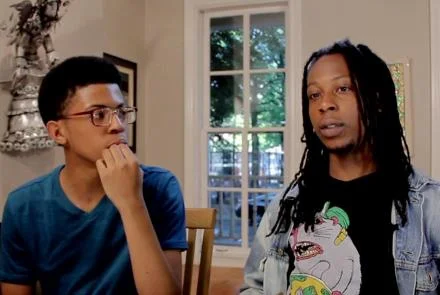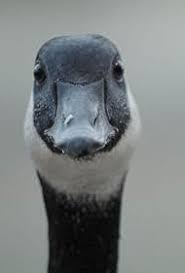Research
When commencing the process of making the short op-doc, I began with research. Gathering research on the different types of documentaries and the conventions of a documentary was significant in the primary research in deciding what documentary I wanted to make (worked on this on my own first).
But first, I had to find answer "WHAT IS A DOCUMENTARY?"
- Documentaries are a "slice of life"
- focus on a niche part of life or existance
- A film embedded in attempted realism
Going into this I didn't really know what a documentary looked like, I had some sense of the stereotypical dramatic documentary you see every once in a while, but I didn't know the ins and outs regarding what makes a documentary a documentary. So, the lesson we learned in class involving documentary genre conventions was extremely helpful...
1) Documentary Genre Conventions:
- Hand Held camera shots utilized (realism)
- Incorporate interviews (close-up shots of shoulders and above, right/left third)
- narrative format
- B-roll
- Archived footage within research
- Specific editing (cross-cutting, parallel editing, use non-dietic sound like voiceover and music, etc.)
- These were some of the main examples I found and they were a good introduction to understanding how documentaries differ from other types of films. These conventions also reinforced that a documentary is all about honing in on realism as much as possible in areas like production and post-production. Notes down below!
2). Research on variations of documentaries:
- This research was also done in class and was significant to deciding what specific subgenre of documentary to do. This was something that helped me narrow down what I wanted to portray and what topic I wanted to revolve the documentary around.
The subgenres I was mostly looking at include:
- biographical (based on a person or event)
-sociological examination
-nature (which hones in on animals, plants, etc.)
Seeing that documentaries didn't all have to be on "the reenactment of the Cold War" and could be something I was genuinely interested in (like animals and society) motivated me to keep researching.
-PROBLEM AND SOLUTION TIME-
So, after doing all this specific part of the research I realized that it was going to be very hard for me to get this done by myself. I had to remind myself that I only had two weeks to do this documentary. After doing the research and learning about the editing process for a documentary and seeing what components were needed, like interviews (which I was very new at) I realized that I needed a partner. So, thankfully my friend Julia at the time needed someone to partner with, so we began doing this project together!😊 Here we decided to do a documentary showing the process of creating an environmental project in one's community. We chose this because frankly we were running out of time and needed to start planning, but also this was a club project I was doing simultaneously (with Interact Club at Cypress Bay and with Rotary Club of Weston) with the doc so we thought it would be perfect. The environmental project was one where we would need to collect 1,000 lbs of used but clean plastic to create a school bench ("Recycle Beyond the Bag").
3). Documentary Examples
Now with a partner, Julia and I were interested in watching real examples of documentaries so we could see the conventions tangibly and get inspiration.
Two of the main documentaries we were inspired by we watched during class:
American Promise:
- Things that inspired our final outcome:
Use of constant, personal interviews
Having the producers as interviewees (the concept of that relationship and how that could affect bias is what we worked on)
Exit Through the Gift Shop:
- Things that inspired final outcome:
Using interviews to structure the docu
Sequential order of the "storyline", how there was a sequential order of events
In addition, the NY Times Op-Doc called Modern Goose is one that personally impacted me and showed me that creating a whole "slice of life" in one 5 mn documentary doesn't mean all the information has to be squished. Providing context is important, but also leaving room for air and flow for the documentary is also necessary for the viewers (this helped me when deciding the specific questions I wanted to ask)
RESOLUTION & OVERVIEW:
After acquiring all this information Julia and I were able to have a vivid picture of what we wanted our documentary to consist of. Moving forward, I would've definitely started with a partner from the very beginning, due to the time length. But overall, I am happy with how I handled the initiation of the research process! 😊







No comments:
Post a Comment